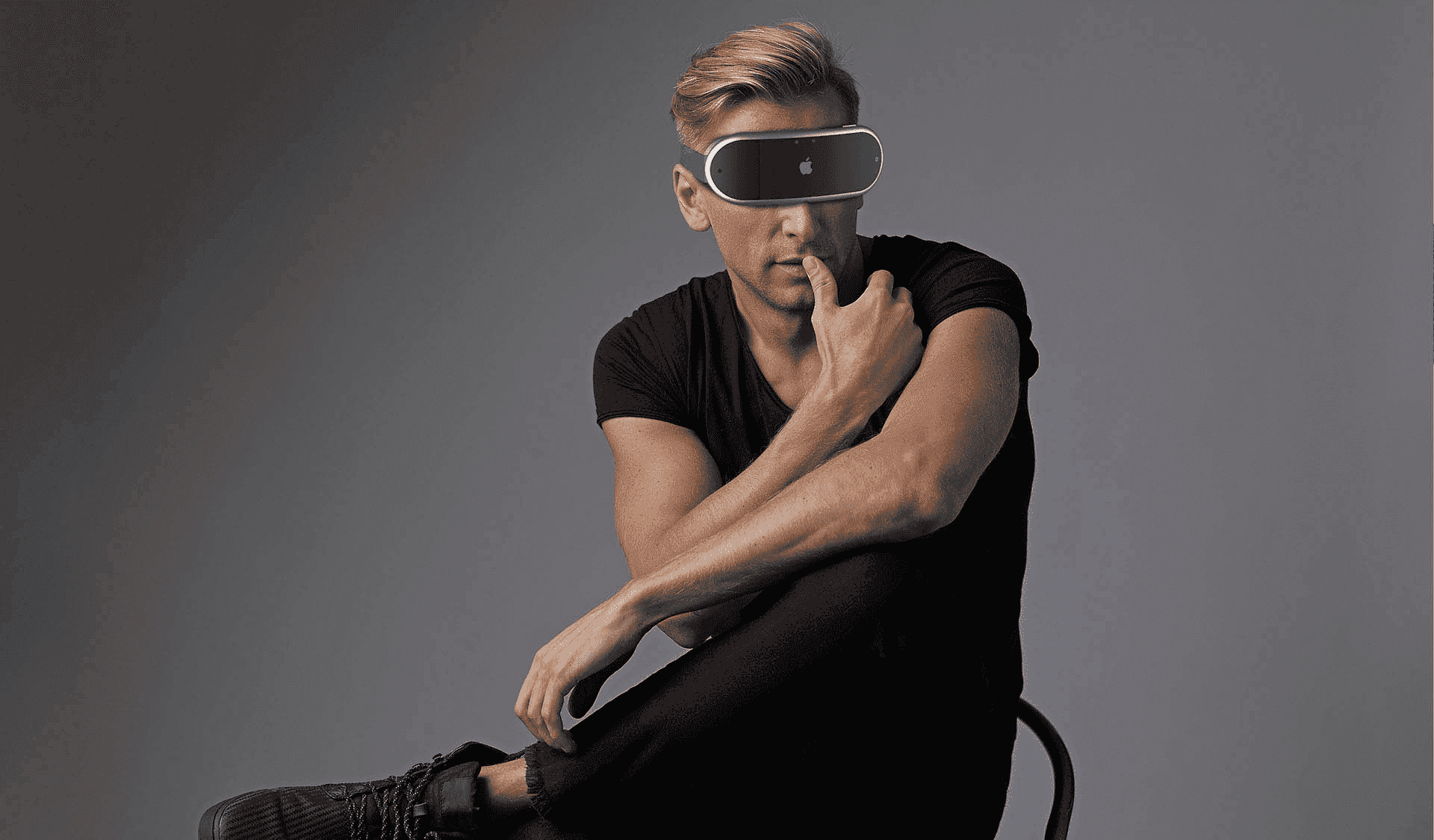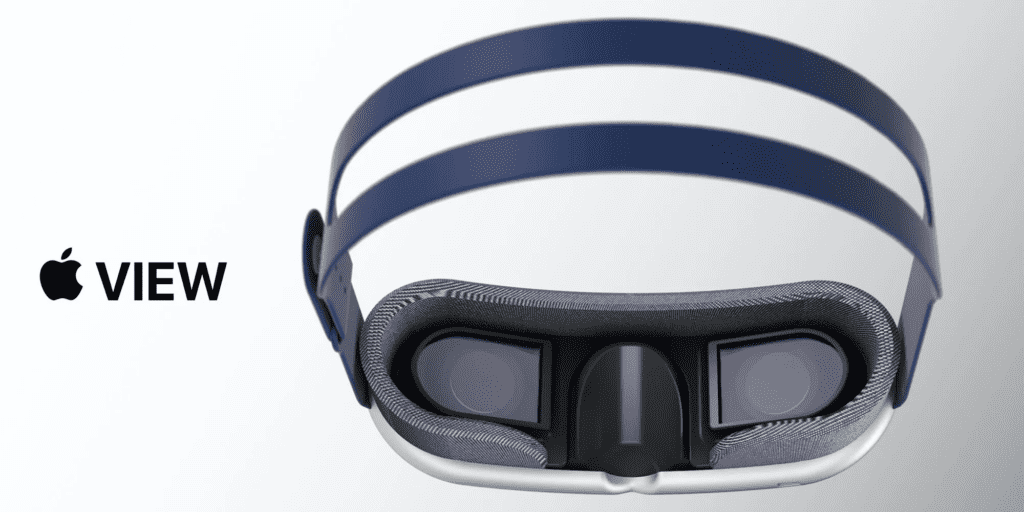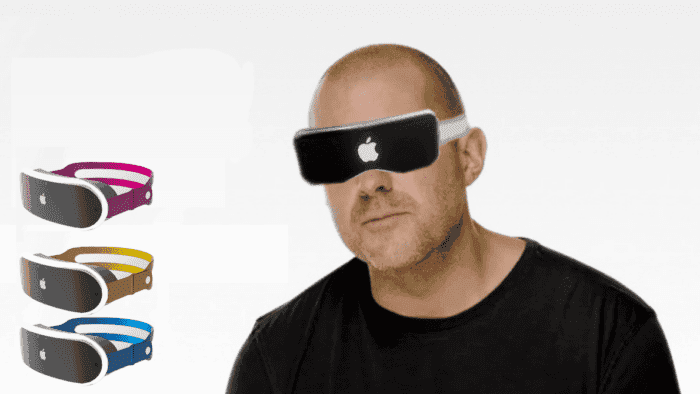The rumors about Apple’s revolutionary AR / VR (Augmented Reality / Virtual Reality) have been floating around for years. In fact, some of the company’s most renowned analysts said that the company planned to launch this product in 2021. However, it has been facing many difficulties and is postponing the product. Today, a report from Wayne Ma comes to outlines some of the difficulties that Apple had in its development. There are also some interesting details about the Apple AR / VR Headset.
According to the report, which corroborates with Bloomberg’s 2020 report, Jony Ive is still on the project. A few years ago, the brilliant mind behind the design of many Apple products made a decision to move away from products that work with external networks in favor of simpler, yet more self-contained devices. Jony Ive left Apple a few years ago, but the report states that he is still involved in the design and development of this product.
Apple AR / VR Headset – a long story of controversies in development
Apple CEO Tim Cook and then-Chief Design Officer Jonathan Ive tried to watch the VR demo on prototypes that simulated how the two approaches differed. The info comes from two people familiar with the demon. The headset used with the base station has excellent graphics and realistic avatars. However, the standalone version depicts its avatars more like cartoon characters. Apple VP Mike Rockwell, who runs the Appl AR/VR Team, favors the web-enabled headset. He argues that Apple executives won’t accept a stand-alone version that’s too visually weak. However, he was wrong.
Jony Ive has been pushing for the standalone version since the first days of the project. Ultimately, Apple executives have sided with Ive. However, Rockwell promises that he can make a good product. This “struggle” has been contributing to the multiple delays of the product. Apparently, the internal codename of the headset is N301. The decision of going for a standalone product created a number of difficulties. The development team has been reportedly facing to balance range and performance. Moreover, it’s trying to minimize the heat buildup so people won’t get burned while wearing the device.

A struggle between Jony Ive and Mike Rockwell’s ideas
According to the source, the “high-quality mixed reality experience” promised by Mike Rockwell to Apple executives as the main reason for the product’s multiple delays. He was slow to deliver. The executives expect their AR experience to greatly surpass the competition. Currently, Facebook is one of the biggest challenges with its Oculus and the whole Metaverse thing. The product needs to be superior in terms of graphics, body tracking, and latency. It needs to get rid of the lag between a user’s movement and the real-time footage. There is also disagreement among the product teams on the targeting of customers. Some say that Jony Ive made the wrong decision to go from a high-end web-enabled headset to a standalone device.

The product teams are blaming Ive. Apparently, he has fundamentally changed the purpose of the product, from a product used at the desk by creatives and professionals to a portable device that the mass consumer can afford. These people believe that the right way to go was to firstly develop something for professionals. It would need to encourage professionals, and developers to open content channels for Apple’s mixed reality ecosystem. After building a solid ecosystem, then the company would be ready to launch something suitable for consumers.
Some hardware details
There are other challenges in the hardware of the Apple AR / VR Headset. Apparently, the product will make use of 14 cameras. These will allow the device to capture everything possible, whether it’s images of the outside world or the user’s facial expressions and body poses. Apple has to use the Bora image signal processor to process a lot of images. However, Apple Engineers are having trouble getting Bora to work with the headset’s main processor, that beast Staten codename. The communication between these two chips is raising the latency. It can make the person wearing the device nauseous. The company may enhance this with stream codecs, but there are still more challenges.
The lack of discipline
The report cites a “lack of discipline” among development teams. In the beginning, the development team was operating almost like a startup inside Apple. The employees brainstormed and tried scenarios that might never have appeared. As a result, Apple hired veteran Kim Vorrath to manage and lead the advancement of the project. Later on, assigned hardware chief Dan Riccio to oversee the development of the mixed reality products.
Vorrath did bring more structuring to the Apple Team and asked individual teams to come up with defined capabilities for the software to motivate them and increase their accountability. After she joined, engineers were indoctrinated by her with a new concept. One she often uses in software engineering is the “six-week sprint”.

Even Jony Ive working on the project brings certain controversies. Apparently, some development team member had to go his home to get a “charge approval”. This means that some of the developers needed to make a long trip from Cupertino to Jony Ive’s home in San Francisco.
He will continue to provide consulting work for Apple after his departure, including the headset product. The source adds that he was often called on to help his former team push their preferences in areas such as batteries, camera placement, and ergonomics, rather than engineers’ preferences. He has been tweaking the headset design over the years. His latest change and preference is to have the battery tethered and worn next to the headset, rather than having it integrated into the headband.
The price is also a big challenge to overcome
The final detail in the report involves the product price. Apparently, Apple is having challenges in making this product “accessible”. We’re not expecting it to be super cheap, but it’s not easy to launch something super expensive to the end consumer. Especially in these times of inflation, when people are prioritizing just what they really need. This is the reason behind Apple’s decision of signing executive Dan Riccio to the project. Apparently, the company is studying a price tag of between $2,000 and $3,000.
Earlier this year, a report suggested the product going into mass production in August or September. However, it’s hard to really determine how advanced things are. Some rumors point out a release only by 2023.





